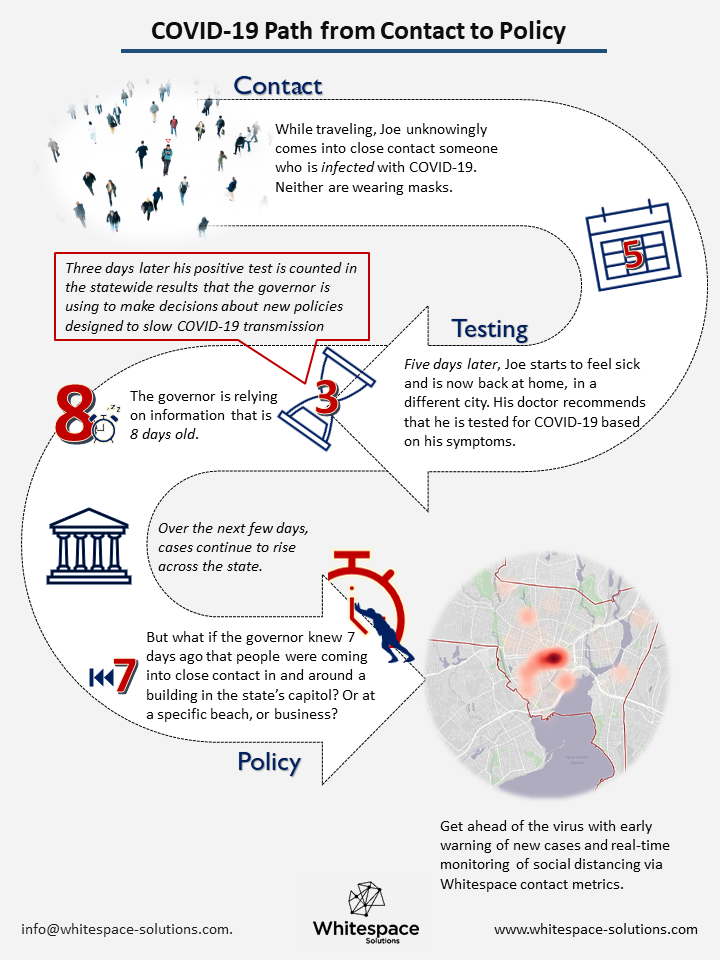As the COVID-19 pandemic rages on across the world, one question weighs heavily on everyone’s minds, “Is safe reopening possible?” Many U.S. states have given it a go. Most of them have been wildly unsuccessful. The answer depends on who you ask. This topic has become very politically charged. Some say it is thorny and are paralyzed by all the variables, while others see it as black and white.
We hear it touted daily in the media, “we must flatten the curve!” Flattening the curve refers to adopting and adhering to certain disease transmission mitigating measures in order to decrease the number of new cases. In the scientific community, it is widely accepted that certain measures are working to do just that. With no vaccine and limited pharmaceutical treatments for COVID, we must focus on non-pharmaceutical interventions (NPIs) like mask wearing, physical (social) distancing, hand washing, quarantine, etc.
Because this disease has an incubation period of up to 14-days, any measure that we take today may not pay dividends for 14 or more days into the future. Thus, it is critical to find ways to monitor the NPIs and make predictions so we can get in front of the curve. We must find ways to measure if what we are doing today is actually helpful in the future. This makes epidemiological forecasting, non-lagging metrics, and modeling critical pieces in managing the pandemic. We must look at the data and really tune into what it is telling us about the actions we are taking.
We realized early on that we needed a measure that had a direct correlation to future new cases. As leaders in the geospatial analytics world, the answer seemed clear to us. Using mobility data, we can monitor physical (social) distancing in real-time. It is a widely accepted assumption that there is a directly linear correlation between these physical (social) interactions and disease transmission (The Math Behind Social Distancing). We partnered with epidemiologist Dr. Forrest W. Crawford to create a novel kind of mobility metrics. A critical distinction of our metrics is that they are leading, not lagging. Therefore, what we observe today will have a direct effect in the near future. We identify areas where people are getting too close, and make predictions about what will happen in the future with respect to disease transmission and new cases. This is the basis of our platform.
With our metrics, you will be able to confidently make important decisions with respect to reopening for your jurisdiction, your organization, your employees, your constituents. For more information, contact us at info@whitespace-solutions.com.

